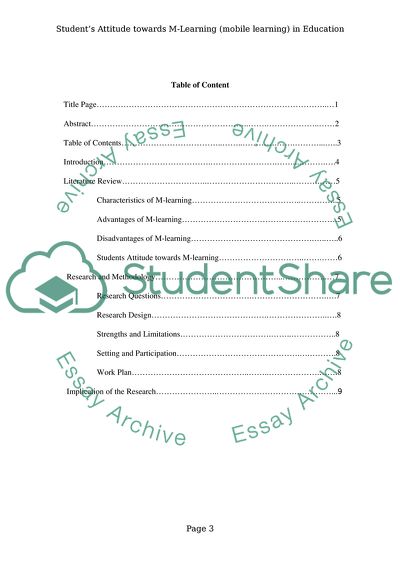Cite this document
(Students Attitude towards Mobile Learning in Education Thesis Proposal Example | Topics and Well Written Essays - 1500 words, n.d.)
Students Attitude towards Mobile Learning in Education Thesis Proposal Example | Topics and Well Written Essays - 1500 words. https://studentshare.org/education/1769898-students-attitude-using-m-learning-mobile-learning-in-education
Students Attitude towards Mobile Learning in Education Thesis Proposal Example | Topics and Well Written Essays - 1500 words. https://studentshare.org/education/1769898-students-attitude-using-m-learning-mobile-learning-in-education
(Students Attitude towards Mobile Learning in Education Thesis Proposal Example | Topics and Well Written Essays - 1500 Words)
Students Attitude towards Mobile Learning in Education Thesis Proposal Example | Topics and Well Written Essays - 1500 Words. https://studentshare.org/education/1769898-students-attitude-using-m-learning-mobile-learning-in-education.
Students Attitude towards Mobile Learning in Education Thesis Proposal Example | Topics and Well Written Essays - 1500 Words. https://studentshare.org/education/1769898-students-attitude-using-m-learning-mobile-learning-in-education.
“Students Attitude towards Mobile Learning in Education Thesis Proposal Example | Topics and Well Written Essays - 1500 Words”. https://studentshare.org/education/1769898-students-attitude-using-m-learning-mobile-learning-in-education.


